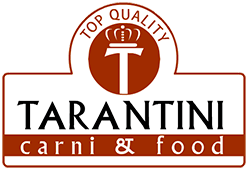Anabólico España: Todo lo que Necesitas Saber
3 Settembre 2024Yasal Olmayan Bahis Siteleri ve xslot Güvenilirliği Hakkında Bilmeniz Gerekenler
4 Settembre 2024The business environment and stakeholder priorities change in subtle and profound ways. In such a dynamic board context, effective governance is essential for a company’s long-term success. Although there isn’t any one-size-fits all solution the most effective boards use proven strategies to monitor, guide and increase the effectiveness of board management.
These best practices include a clearly defined process for evaluating as well as a culture of board development, and digital tools to improve efficiency and transparency. These tools and techniques allow you to evaluate the effectiveness of the board’s role as trustee, fiduciary and representative for the company. They also encourage collaboration among all directors.
Board members must commit their time to an assessment and give honest feedback. Boards must define their goals and discuss them prior to the start of the process. Boards may also utilize a board portal to make it easier for directors to communicate ideas and information and keep track of progress towards their goals.
Another crucial aspect to take into consideration is the structure and composition of the board. This includes the size and composition of the board, the size and composition of the board, the number of established committees and how often these committees meet. Make http://yourboardroom.ne sure that the committees are enough capacity to handle their workload and that they remain focused on the long-term value drivers of the business.
The chair’s ability to facilitate productive board discussions and decision-making processes is vital. This includes the chair’s communication and relationship-building skills with the board, other directors, and management. The chair should also be able to accept constructive criticism of his or his or her leadership.
